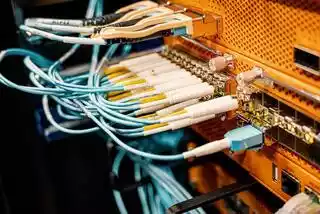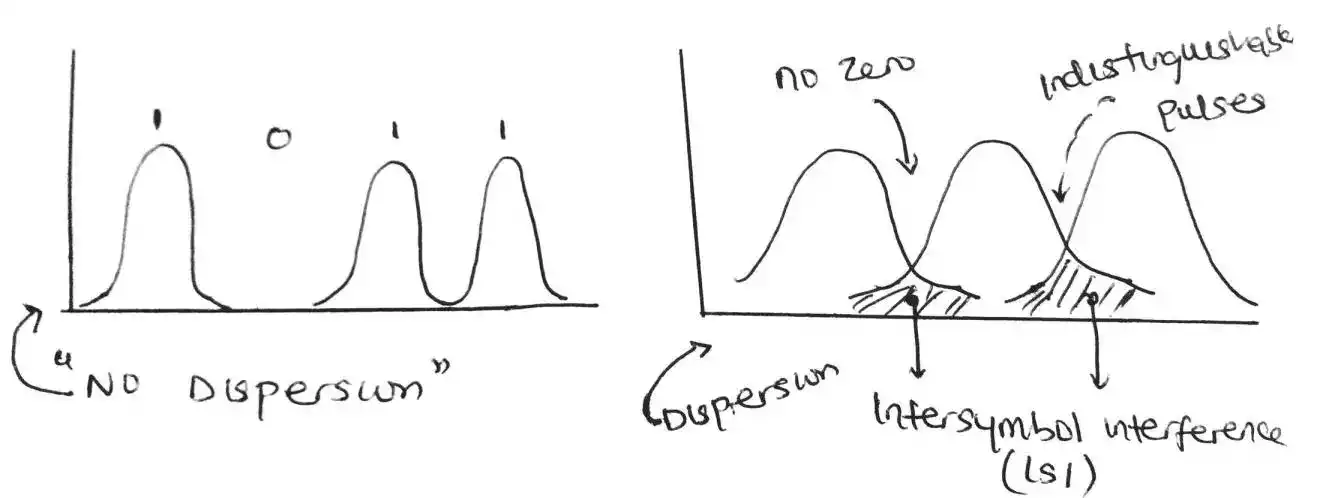Does Wi-Fi Use Microwaves or Radio Waves?
Wi-Fi has become an essential aspect of our daily lives, providing seamless internet access and connecting a wide range of devices. As we rely on this wireless technology for communication and online activities, it’s natural to wonder about the underlying mechanisms of Wi-Fi.
One common query that arises is whether Wi-Fi utilizes microwaves or radio waves. In this article, we will look into just that.
Table of Contents
Overview of Microwaves and Radio Waves
Microwaves and radio waves are both forms of electromagnetic radiation, which refers to the energy that travels through space in the form of waves.
They belong to the same family of electromagnetic spectrum, but they have distinct properties.
Microwaves have a higher frequency range than radio waves and shorter wavelengths. They are commonly known for their use in microwave ovens, where they generate heat by exciting water molecules in food.
Microwaves are also utilized in various applications such as radar systems, satellite communication, and certain medical procedures like magnetic resonance imaging (MRI).
Radio waves, on the other hand, have a lower frequency range and longer wavelengths. They are commonly associated with traditional radio and television broadcasts, as well as cellular networks, Bluetooth technology, and of course, Wi-Fi.
Comparison Between Radio waves and Microwaves
| Feature | Radio Waves | Microwaves |
|---|---|---|
| Frequency Spectrum | 3 Hz to 300 GHz | 300 MHz to 300 GHz |
| Wavelength Range | 1 millimeter to 100 kilometers | 1 millimeter to 1 meter |
| Common Applications | Broadcasting (Radio, Television), Wi-Fi, Bluetooth | Microwave Ovens, Industrial Heating, Medical Imaging |
Wi-Fi and Radio Waves
Wi-Fi, as a wireless communication technology, relies on radio waves for transmitting data wirelessly. These radio waves operate within specific frequency bands: 2.4 GHz and 5 GHz.
The 2.4 GHz band has been widely used for a considerable period, while the 5 GHz band offers faster speeds and reduced interference in more recent Wi-Fi standards.
When a Wi-Fi-enabled device intends to send data, it employs an antenna to generate radio waves at the desired frequency.
These radio waves propagate through the air until they reach the receiving device’s antenna. The receiving antenna then converts the radio waves back into an electrical signal, which is subsequently decoded to retrieve the transmitted data.
It is important to note that Wi-Fi signals, operating within the radio wave spectrum, are considered safe for humans.
Extensive research and scientific evidence suggest that Wi-Fi signals, when used within regulatory limits, do not pose significant health risks.
Wrap Up
Wi-Fi utilizes radio waves, not microwaves, for wireless data transmission. These radio waves operate within the designated frequency bands of 2.4 GHz and 5 GHz.
While microwave ovens also operate within the same frequency range, Wi-Fi signals and microwave signals serve different purposes and operate at different power levels.
Frequently Asked Questions (FAQs)
- Can Wi-Fi signals interfere with other devices? Yes, Wi-Fi signals can interfere with certain devices operating within the same frequency range. Cordless phones, baby monitors, and microwave ovens may experience interference when placed in close proximity to a Wi-Fi router. To minimize potential interference, it is advisable to position such devices away from Wi-Fi routers.
- Are Wi-Fi signals harmful to humans? No, Wi-Fi signals, operating within the radio wave spectrum, are considered safe for humans. Numerous studies have been conducted to evaluate the potential health effects of Wi-Fi, and current scientific evidence suggests that Wi-Fi signals do not pose significant health risks when used within regulatory limits.
- Can I improve my Wi-Fi signal strength? Sure! There are several ways to enhance your Wi-Fi signal strength. You can try repositioning your Wi-Fi router to a central location in your home, away from obstructions and electronic devices that may interfere with the signal. Additionally, using a Wi-Fi extender or mesh network system can help extend the coverage area of your Wi-Fi network.
- Is it possible to secure my Wi-Fi network? Absolutely! Securing your Wi-Fi network is crucial to prevent unauthorized access and potential security breaches. You can secure your Wi-Fi network by setting a strong and unique password, enabling encryption protocols such as WPA2 or WPA3, and regularly updating your router’s firmware.
- Can I connect to Wi-Fi without a router? While Wi-Fi networks typically rely on a router for wireless connectivity, there are alternative methods to connect to the internet without a router. Some smartphones can function as mobile hotspots, allowing you to share your cellular data connection with other devices. Additionally, public Wi-Fi networks provided by establishments like cafés, libraries, and airports offer internet access without the need for a personal router.
- Are there any limitations to Wi-Fi range? Yes, Wi-Fi signals have limitations in terms of range. The range of a Wi-Fi signal depends on various factors such as the power of the router, the presence of obstacles, and the wireless standard used. Typically, Wi-Fi signals can cover a range of around 150 feet (45.72 meters) indoors and up to 300 feet (91.44 meters) outdoors. However, these numbers can vary based on the specific circumstances.



